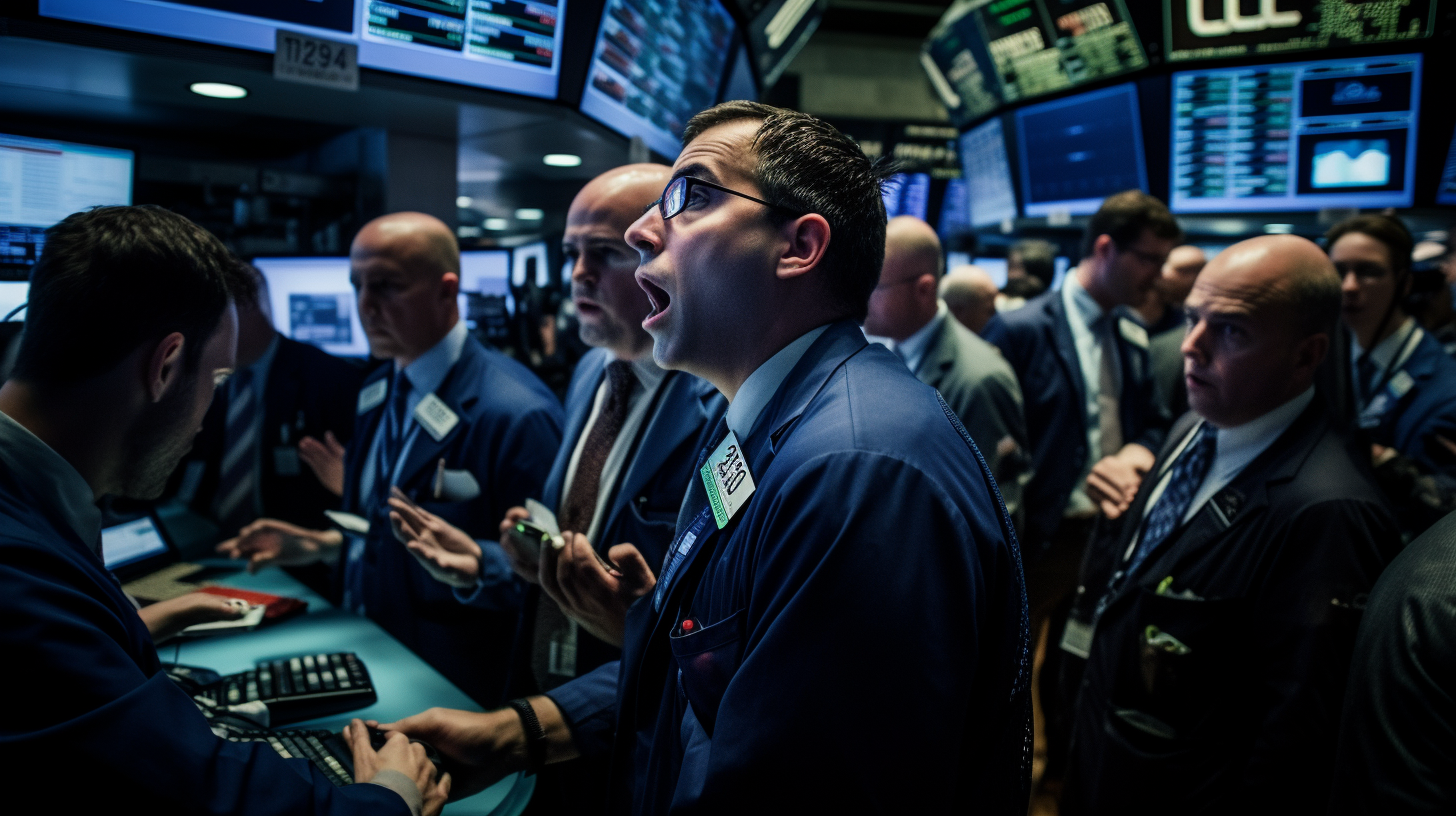Index Inclusion or Deletion Can Send Shockwaves Through Stocks
With the massive amount of assets in mutual funds and exchange-traded funds (ETFs) that are geared to return the same performance as a major index, there’s been a lot of investor focus on the addition and subtraction of stocks from indexes, especially the widely followed, S&P 500, Nasdaq, Russell, and Dow Industrials. This is because many institutional investors attempt to mirror the performance of these indexes by buying the same stocks. Some funds are even required by their charter or offering prospectus to hold the same stocks. This produces “unnatural” price movements in companies as they are moved in or out of an index. Self-directed investors, not beholden to a set of investing rules, may find opportunities by recognizing, then positioning themselves before institutions are required to buy or sell a company name.
Rebalancing of the most followed indices is a reality for individual investors, so it’s good to understand the timing and dynamics, and valuing a stock based on what stock index it may be in.
Dynamics
When a stock is added to a broad index, millions or billions of investment dollars flow into that stock, typically driving its price higher. And the reverse is also true; when a stock is removed from an index, it’s often sold by fund managers, which decreases demand and causes its price to weaken. There are conflicting studies that in some cases, indicate the added strength by inclusion is short-lived, and others that indicate that the stock begins to trade with an emphasis on whether or not money is flowing into the index it is included in, or out. All studies agree that there is typically an initial change in the stock’s valuation.
Timing
When a stock is added to a major index, as will happen with the Russell 3000, Russell 2000, and Russell 1000 on June 27, it has historically had positive effects on its trading demand, this has impacted its price. As the Russell will reshuffle, or in their jargon “reconstitute” its indexes this month (June) let’s use the Russell 2000, which captures the performance of approximately 2,000 small-cap stocks in the United States. Here are the potential impacts of a stock being added to the index:
Price impact is what concerns investors most. The announcement of a stocks addition to an index can lead to a price impact. This is because investors who track the index may need to purchase the stock to align their portfolios with the index composition. The increased demand can push the stock’s price higher.
It could also lead to investor recognition or Increased Visibility. Inclusion in a major index can come with increased visibility and recognition for a company. This can attract the attention of investors, including index funds, mutual funds, and other institutional investors who track or invest in the index. As a result, the stock may experience increased trading volume and better liquidity.
Institutional buying may increase. Index funds and other institutional investors that track the Russell 2000 (or other indices) may need to purchase the stock to replicate the index’s performance. This can lead to increased buying pressure from these large investors, potentially driving the stock’s price higher.
A nod by an index can bring overall positive sentiment. Being added to a major index can create a positive sentiment around a stock, signaling that the company is growing and gaining prominence. This positive sentiment may attract additional investors who believe the stock’s inclusion in the index validates its prospects, potentially leading to further price appreciation.
Trading Activity usually escalates with inclusion. Inclusion in the Russell 2000 can result in increased trading activity as the stock becomes part of a widely tracked benchmark. More market participants are likely to trade the stock, increasing its overall trading volume.
When Are the Other (Non-Russell) Indexes Rebalanced?
While the FTSE Russell has a strict and easily understood set of rules and guidelines that make it easy to understand, the S&P, Dow, and Nasdaq also rebalance under their own timeline.
The S&P 500 is reviewed and rebalanced on a quarterly basis. During these reviews, S&P Dow Jones Indices assess the constituents of the index and consider changes based on the selection criteria and market developments. They don’t follow hard and strict rules.
The Nasdaq 100 is a market-capitalization-weighted index that includes 100 of the largest non-financial companies listed on the Nasdaq stock market. The index is maintained by Nasdaq, and its rebalancing process involves an annual evaluation to determne eligibility, and potential rebalancing.
The annual evaluation involves Nasdaq reviewing the composition of the Nasdaq 100, this typically occurs in December. During this evaluation, companies are assessed based on their market capitalization, liquidity, and other factors. The top 100 eligible companies by market capitalization become or remain constituents of the index. They must be traded n the Nasdaq exchange.
Eligibility for companies is determined by their meeting certain criteria to allow inclusion in the Nasdaq 100. These include being listed on the Nasdaq Global Select Market, having a minimum average daily trading volume, and meeting liquidity requirements.
If rebalancing is necessary, Nasdaq conducts this during an annual rebalancing in December. Companies that no longer meet the eligibility criteria may be removed, and new companies that meet the criteria may be added. The weightings of the index constituents may also be adjusted based on their market caps.
The Dow 30, also known as the Dow Jones Industrial Average (DJIA), is a price-weighted index that represents the performance of 30 large, publicly traded companies in the United States. The index is maintained by S&P Dow Jones Indices, and its rebalancing process is different from market-capitalization-weighted indices like the S&P 500 or Nasdaq 100. It includes price weighting and selective changes.
Price-weighted for the Dow 30 index is based on the stock prices of its constituents rather than their market capitalizations. The impact investors should be aware of is that higher-priced stocks have a larger impact on the index’s movements.
Selective changes is best defined knowing the Dow 30 does not undergo regular rebalancing like other indices. Instead, changes in the index composition are infrequent and typically occur when a constituent company experiences a significant corporate action, such as a merger, acquisition, or bankruptcy. When such changes occur, the index committee at S&P Dow Jones Indices makes a decision to replace the affected company with another suitable candidate.
It’s important to note that the impact of being added to an index can vary depending on factors such as the stock’s size, liquidity, and investor sentiment. Additionally, market conditions and investor behavior can influence the stock’s performance. Therefore, while inclusion in a major index can have positive effects, it doesn’t guarantee a specific outcome for the stock’s price. And being removed from an index may only create potential.
Take Away
There is activity surrounding stocks as they are added or deleted from a major market index. Investors should be aware of when the index is being reconstituted or altered, so they may either benefit, stand clear, or be sure that they are not in harms way. The Russell indexes will be reconstituted at the close of the last Friday of this month (June).
Paul Hoffman
Managing Editor, Channelchek
https://www.ftserussell.com/






